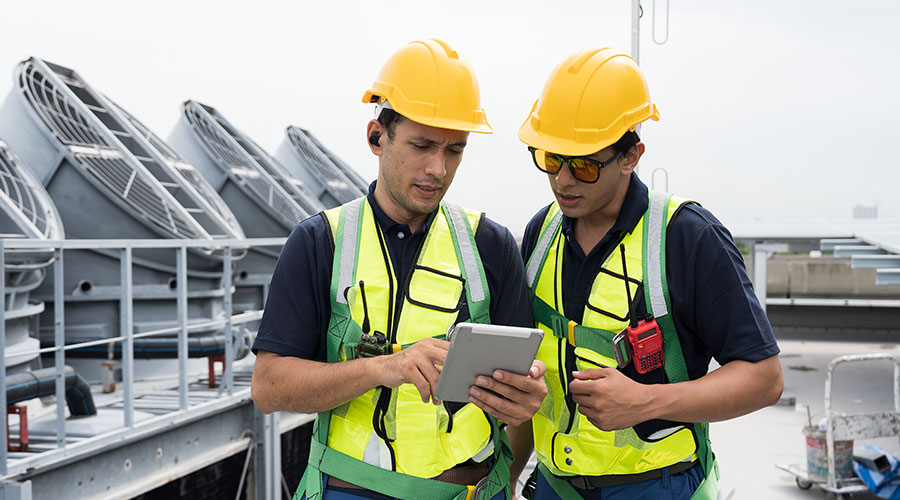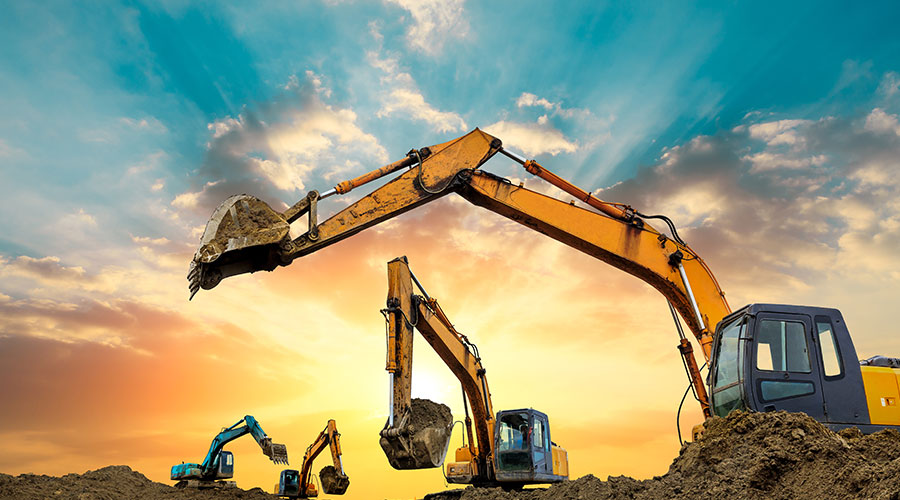Measuring for IAQ
August 31, 2011
Ideally, ventilation rates in a facility are high enough to preserve indoor air quality. But some facility managers want to be sure, taking the extra step to measure particular contaminants they may be worried about — especially if there is a known source in the building of a particular contaminant.
But measuring just to measure is not cost- or time-effective. Unless there is a specific goal for the data, facility managers might be better off pursuing other strategies, like getting to the source.
Look for specific contaminant sources and head those off first. Some examples: A janitor’s closet full of old paint cans. Harsh cleaning chemicals. Permanent markers. Off-gassing new carpet. Find the source and remove or mitigate the source rather than measure the air for the potentially hundreds of different contaminants.
Guidelines for Air Pollutant Management
Once you’ve pinpointed and eliminated the sources of air contamination, if there are still contaminants you're worried about, you can take measurements then. This can be done with pieces of equipment like a photo ionization detector or by hiring a consultant to come take air samples.
ASHRAE 62.1 Appendix B provides a list of acceptable levels of some of the more common contaminants, like carbon monoxide, radon, formaldehyde and sulfur dioxide. In fact, ASHRAE 62.1 provides two avenues of compliance. The first is the Ventilation Rate Procedure, which just involves totaling up all the CFMs for a space. The second is the IAQ Procedure, which involves taking measurements of a variety of contaminants in a space.
One other source to consult for contaminant levels is EPA's Building Assessment and Survey Evaluation (BASE) study. This involved a survey of 100 random office buildings for contaminant levels and then calculating normal levels for those contaminants.
Next
Read next on FacilitiesNet







